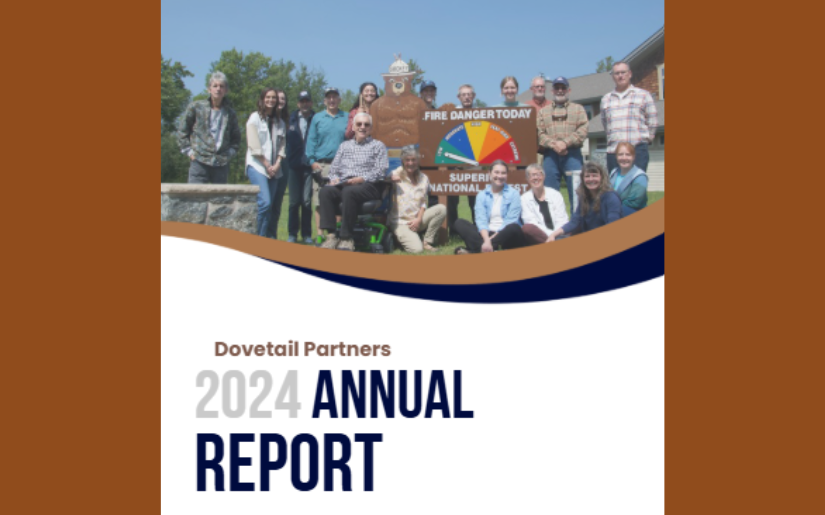Over the past 40 years, communities, environmental groups, and other concerned individuals and organizations have adopted the waste battle cry of “Reduce, Reuse, Recycle!” These 3 R’s of Reduce, Reuse, and Recycle are often described as the Waste Hierarchy. This waste hierarchy has taken many forms over the years, but the basic concept has remained the cornerstone of most waste minimization and management strategies. The aim of the waste hierarchy is to capture the maximum amount of benefit from products and to generate the minimum amount of waste. The hierarchy is a classification of waste management options in order of their environmental impact, typically from ‘most preferred’ (most environmentally sound) to ‘least preferred’ (least environmentally sound).
As is the reality of most environmental issues, waste management solutions are not necessarily as simple as they may appear, and simplistic approaches both neglect the complex realities of environmental issues and risk adoption of behaviors that aggravate rather than address material use problems. Consider the recycle emphasis as a case in point. Although the recycling of plastic bottles has increased dramatically over the last twenty years, the absolute number of plastic water bottles in the waste stream has increased even more significantly as people have increasingly purchased water in these “recyclable” containers. Thus, more resources are used to manufacture new bottles. Then, just because a bottle is recyclable doesn’t mean it is actually recycled; nor does it mean that it is recycled back into the same kind of bottle that you started with (which would reduce the demand for new plastic).
For discussion purposes this report recommends that a 4th R – Replace – be added to the waste management hierarchy. Including “replace” can help guide the fundamental material selection process and recognize the importance of renewable, naturally recycling biomaterials as a priority over virgin materials. This fourth “R” suggests that wherever possible people should replace the use of finite, energy-intensive materials with renewable, low-energy biomaterials. Thus, the modified hierarchy would be Reduce, Replace, Reuse, and Recycle.
- Lead AuthorBratkovich
- DateOctober 2013
- CategoryConsumption, Environmental, Management, Waste
- Project FileDownload

.png)
.png)



